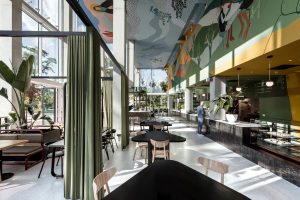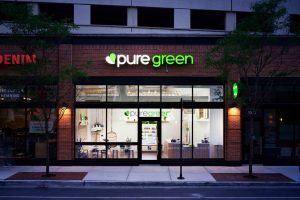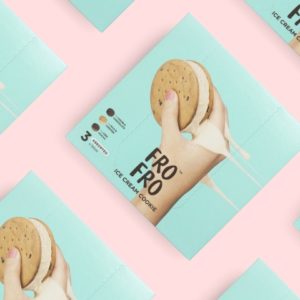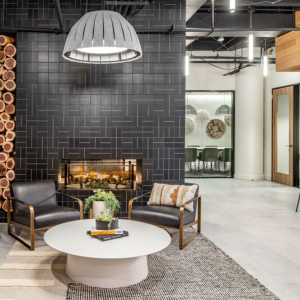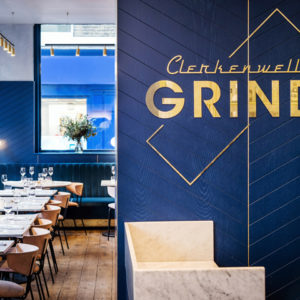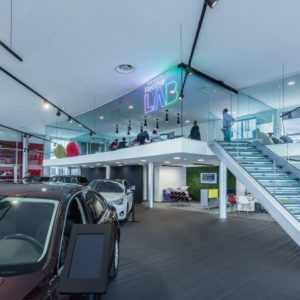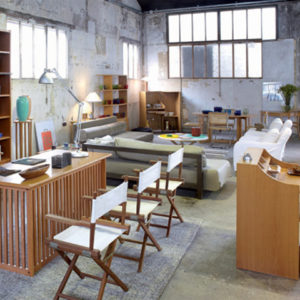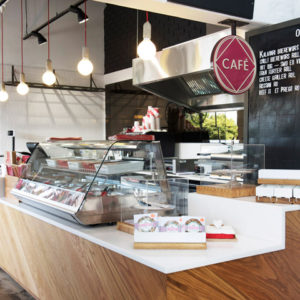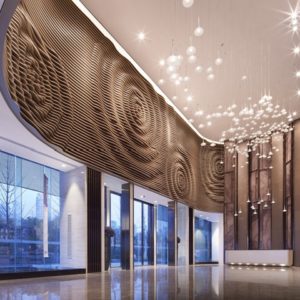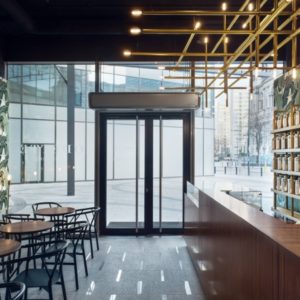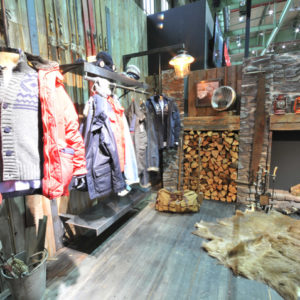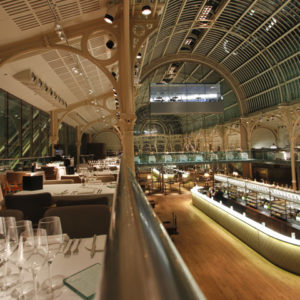
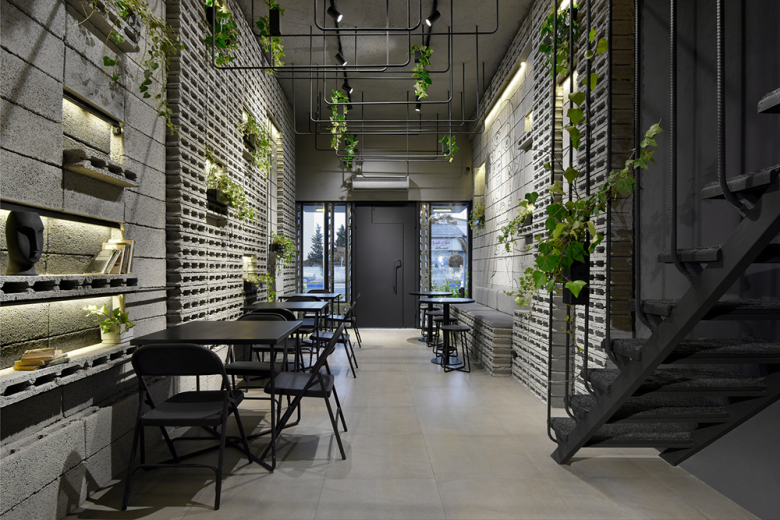
This project is located in the north of Iran and in the city of Tonekabon. The purpose of this work was to renovate a shop on the side of the street and change its use to a cafe. What we were asked to start in this project were criteria such as economic efficiency, fast implementation of the project and also innovation to create a distinctive atmosphere in the city. Providing all of these together posed an important challenge. To solve the challenge, the question that came to our mind was: What do we have in this area?
Assets that can both meet these demands and enhance design appeal. For this purpose, there was a need to know the material that alone can form the overall body of the project and even play an important role in the components and furniture of the space. This removed the multiplicity of materials from the project and instead shifted the focus to creating diverse functions through the emergence of one material.
Therefore, several important factors should be considered in the selection of this material, such as: 1- Abundance (because it should be available in large numbers due to the high level of coverage) 2- Low costs(the overall level of costs by choosing it should be cost-effective.) 3- Being structured (in order to act as a module in design) and in all these cases, the type of use should be different. There are many workshops and factories in Mazandaran region that provide cement blocks for construction projects of more than any similar material. This led us to choose the cement block because of the abundance, reasonable price, modularity and pure texture it brings to the project.
Also, by choosing this material, the different arrangement of the blocks can help a lot in creating different functions. Choosing a material with a different texture and a neutral color, such as a block, required a reverse complement. Choosing a plant texture next to it, in addition to creating a colorful touch, also greatly contributed to the vitality of the space. Therefore, according to the conditions of indoor spaces, a plant called miniature ivy was selected, which is basically suitable for indoor spaces, and in case of favorable conditions, it grows a lot. This complement played such an important role that even the name of the cafe was chosen from it.
In the implementation process, maintaining or improving the existing elements came to the aid of the project on many levels. For example, maintaining the communication stairs for the second floor and the necessary changes to improve it, changing the storage to the kitchen, reviving the bathroom, utility room, etc. can be mentioned among the items applied in the project.
Architects: Neda Mirani
Lead Architect:Neda Mirani
Design Team:Mohammadreza Kohzadi
Photographs: Deed studio
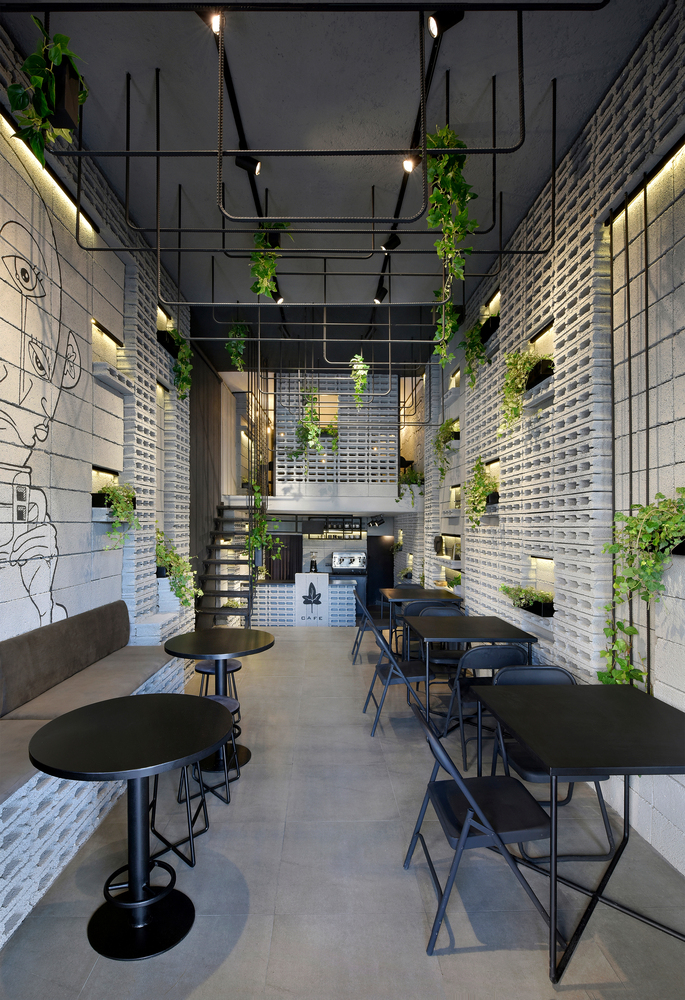
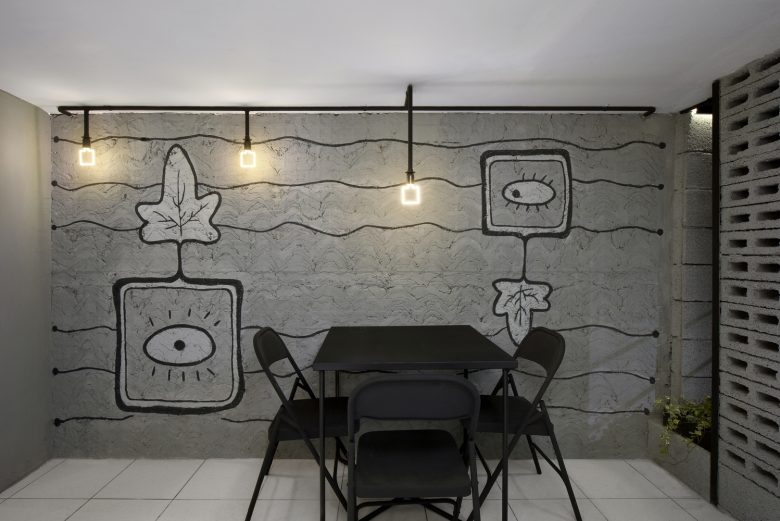
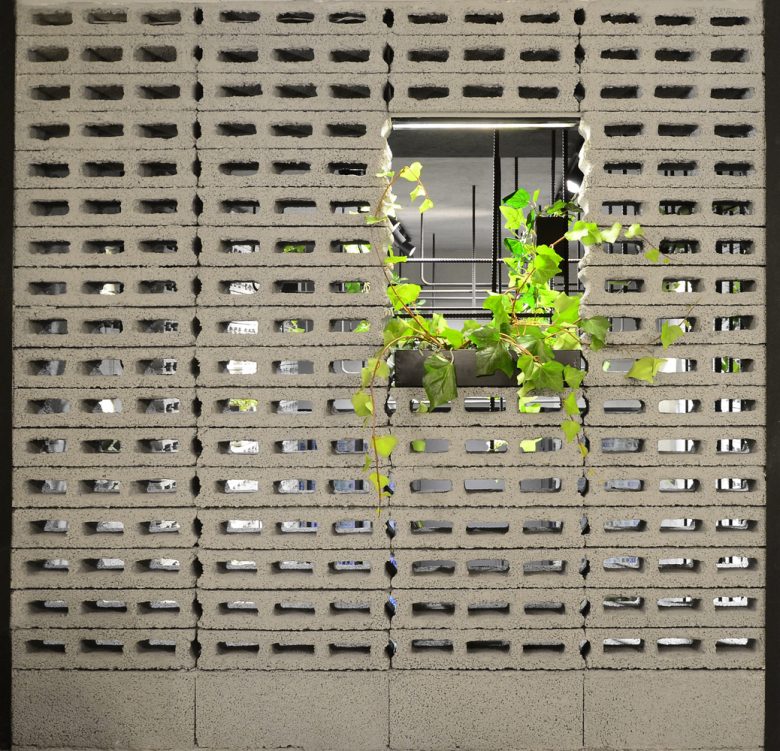

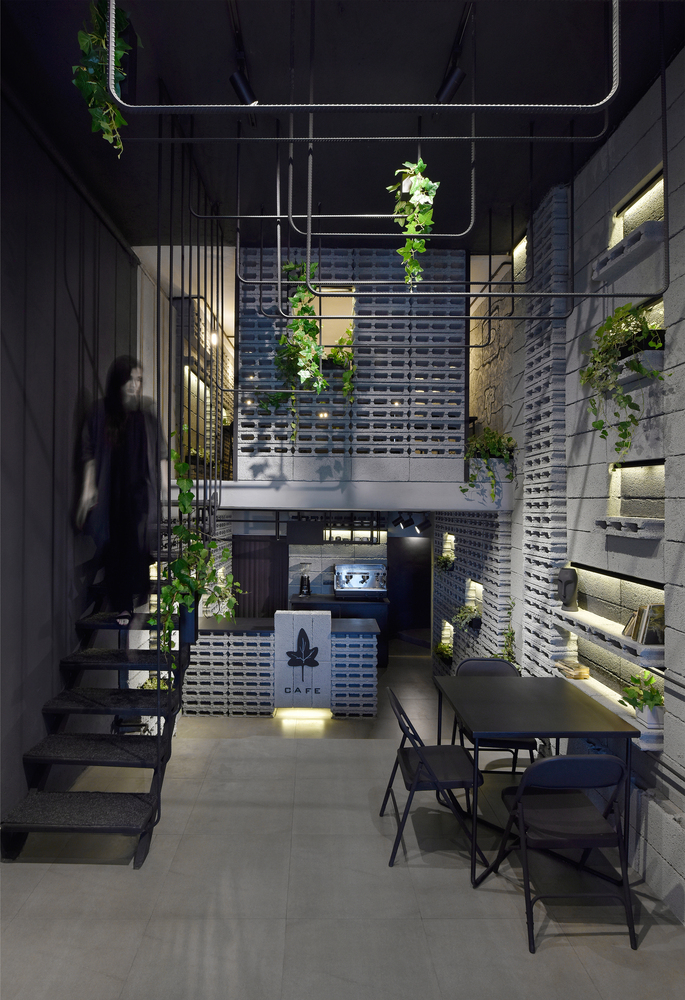
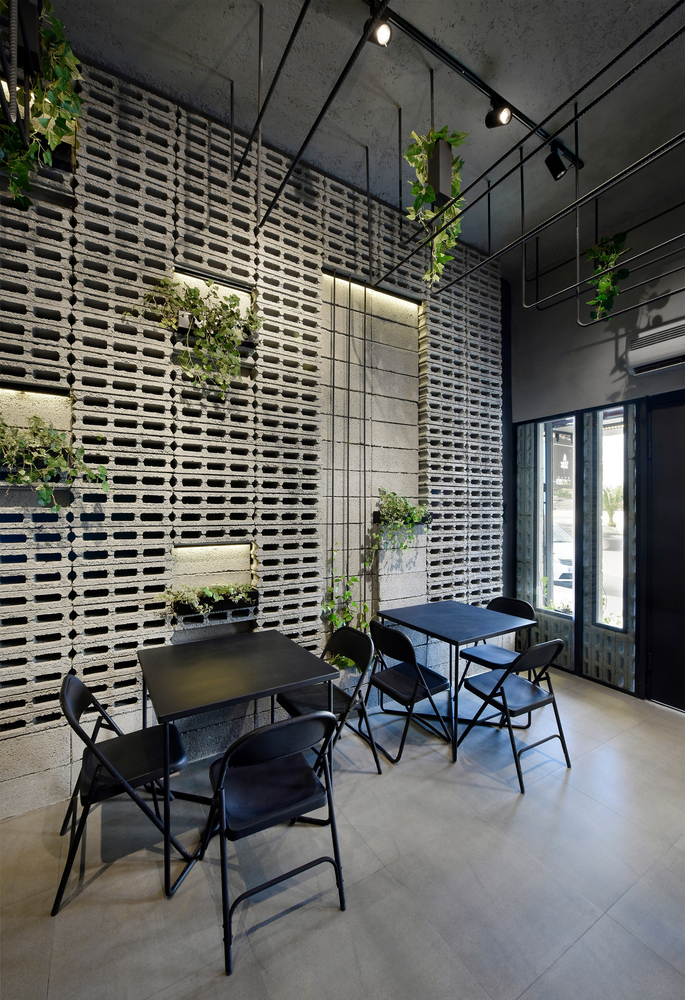
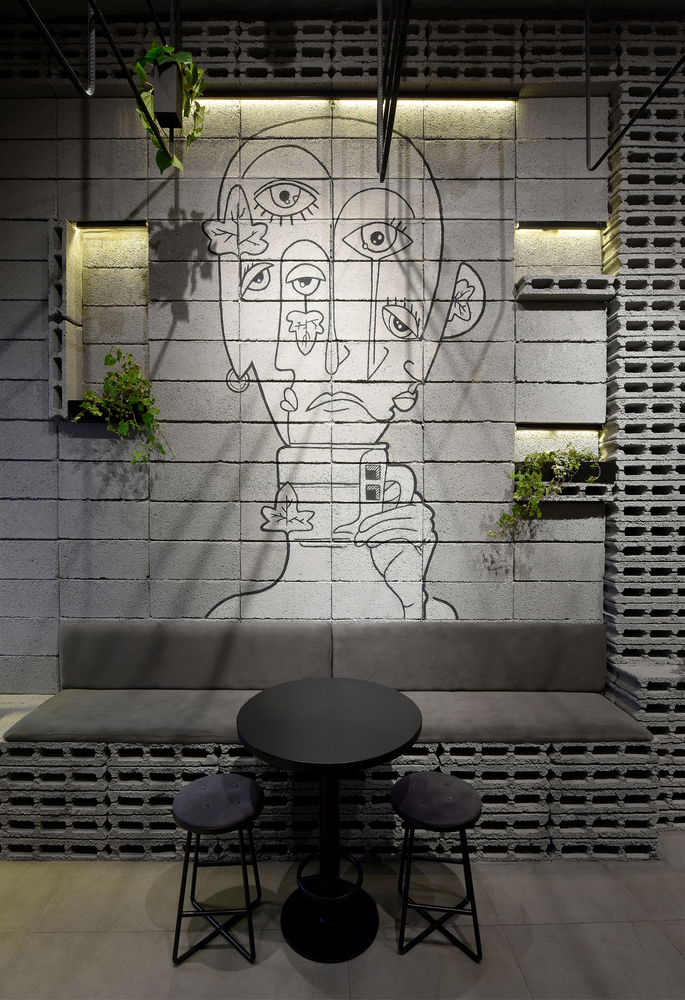
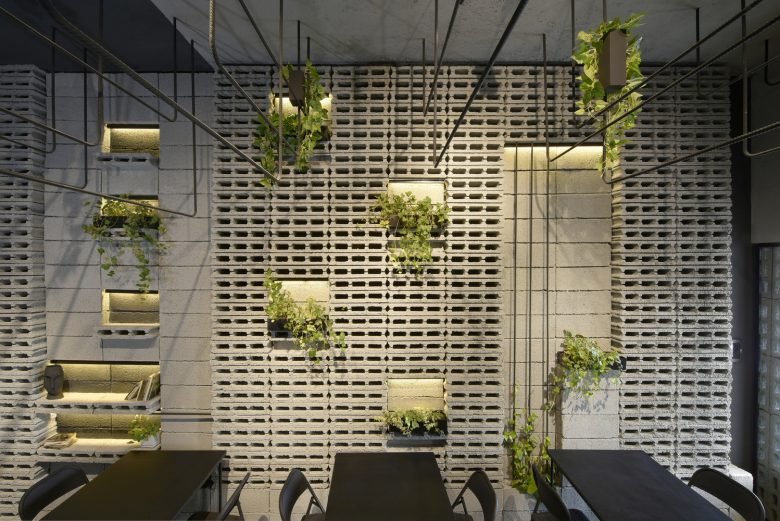
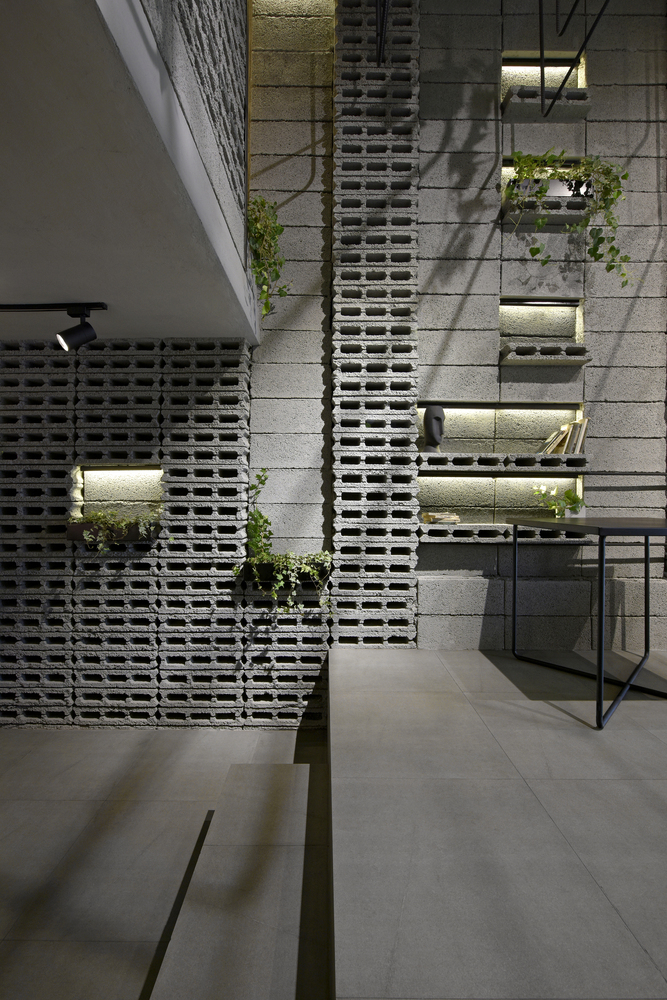
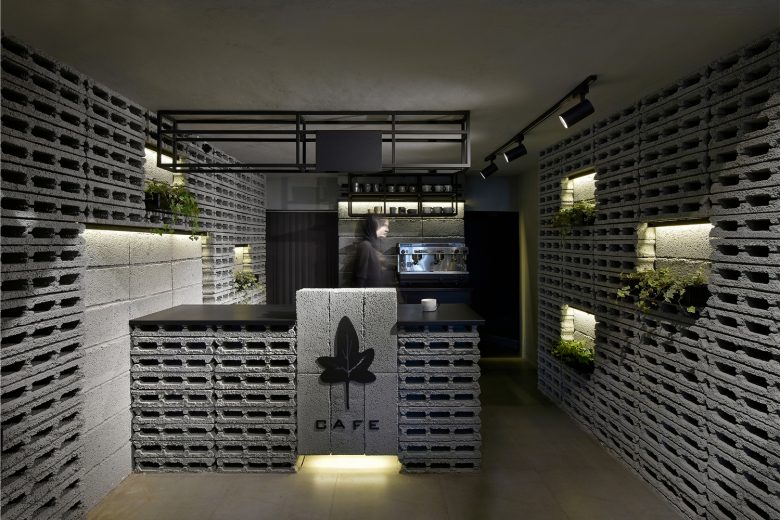
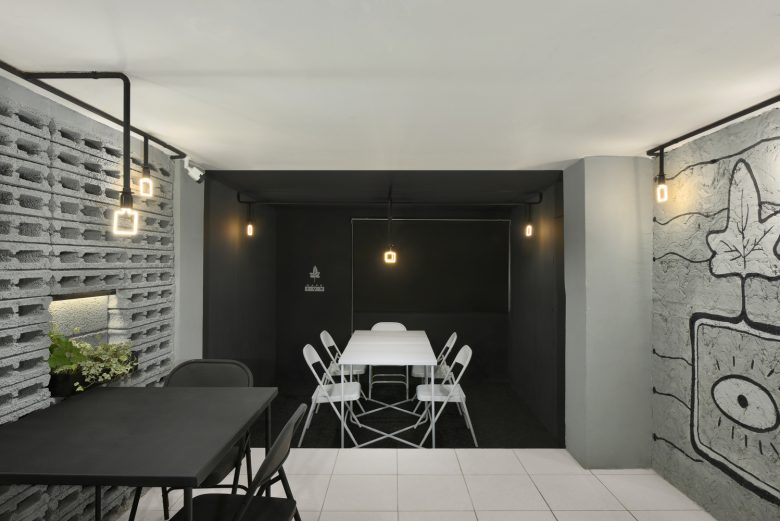
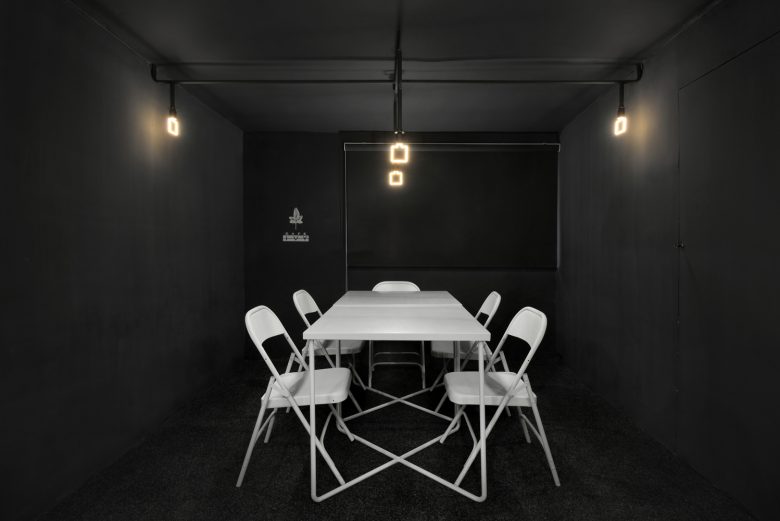
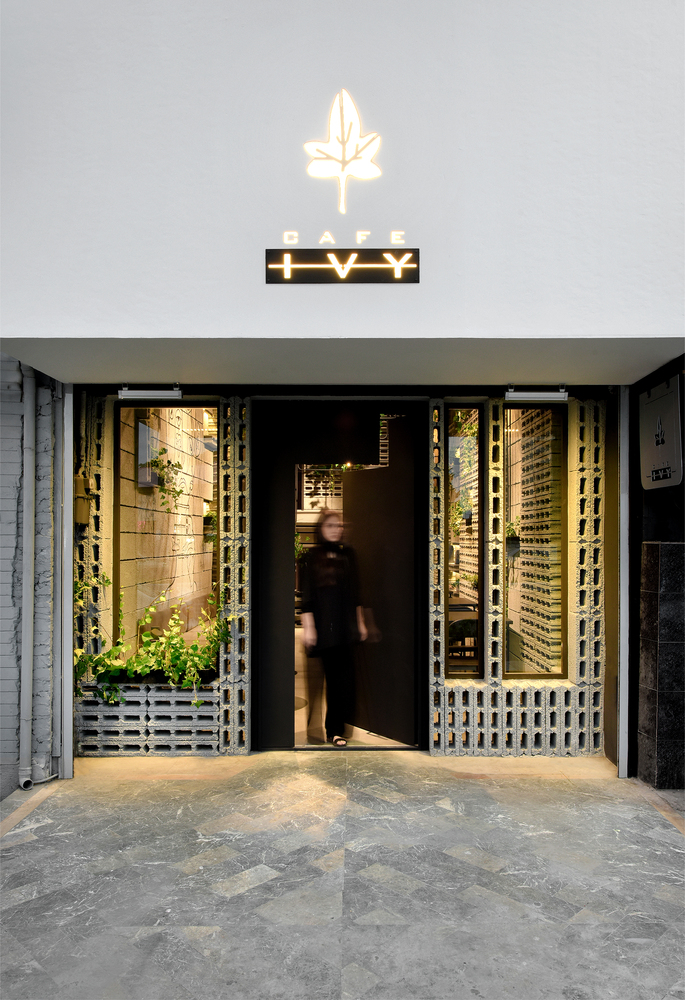
Add to collection
